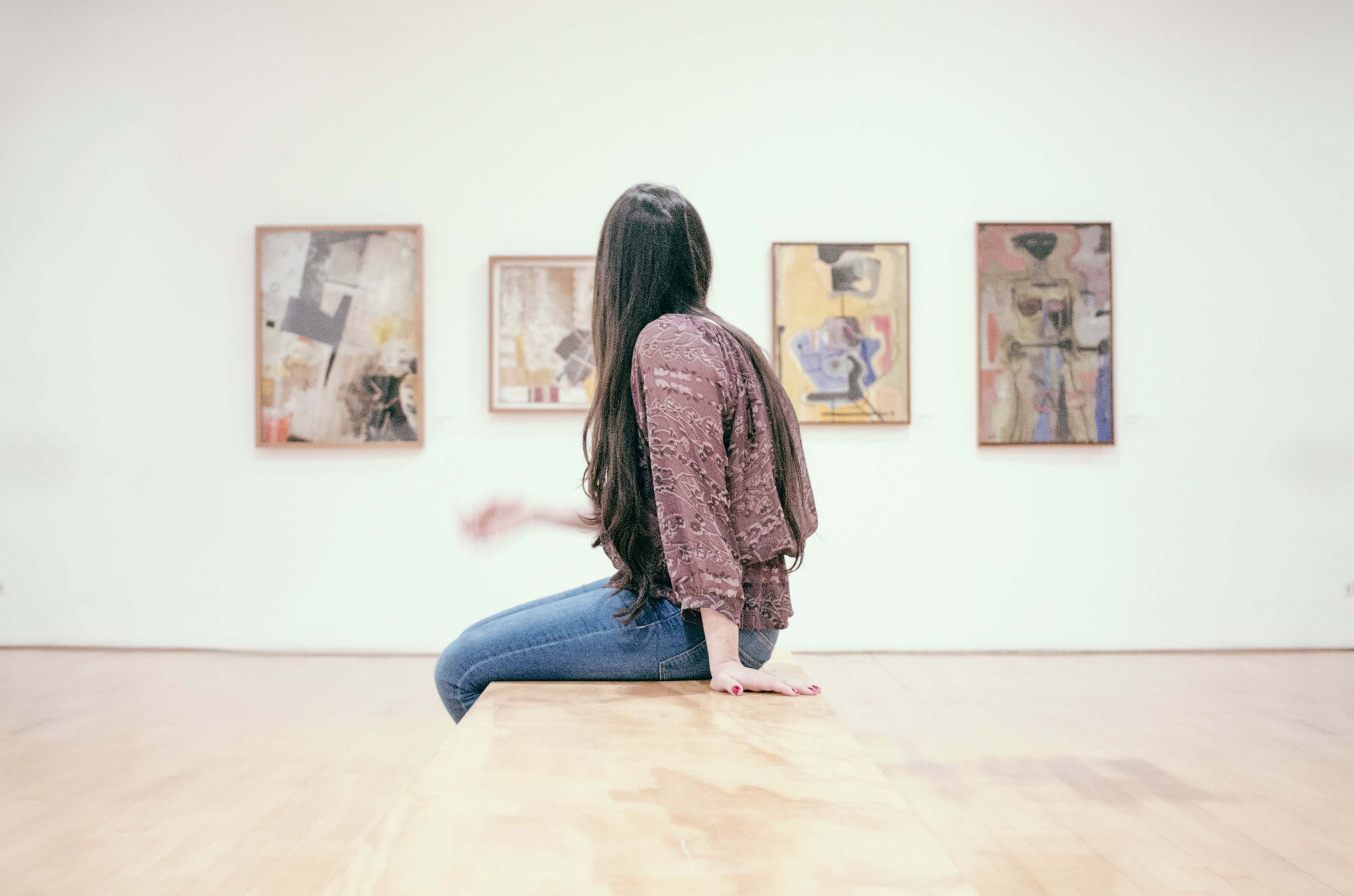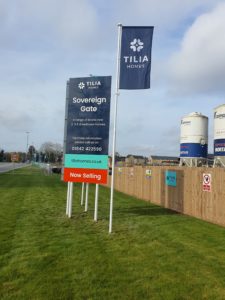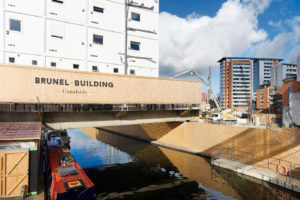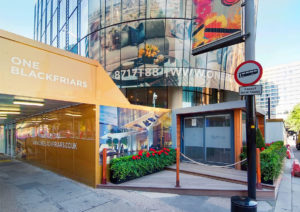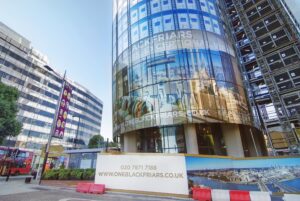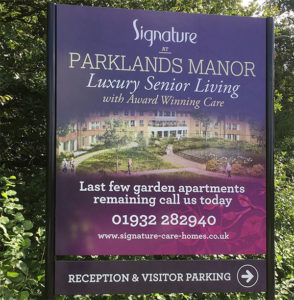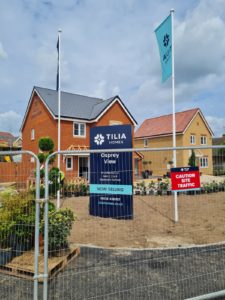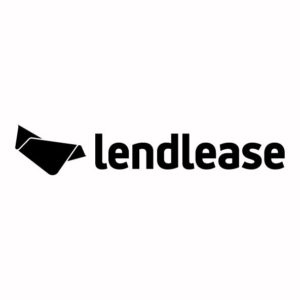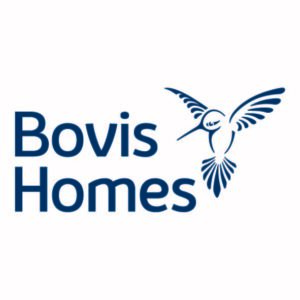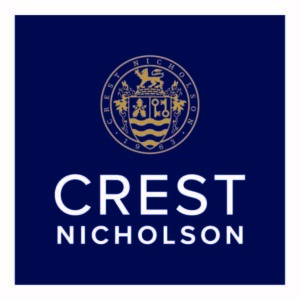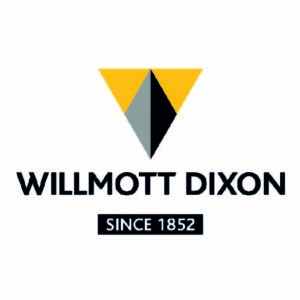Wayfinding signage plays a crucial role in ensuring museum visitors get the most out of their entry fees. Excellent wayfinding signage encourages exploration, engages visitors in their surroundings, increases dwell time and improves accessibility. And wayfinding is one of those elements of a day out that’s hardly noticeable if it works well but is irritatingly obvious if it doesn’t. A positive experience boosts word-of-mouth recommendations, reviews and repeat visits, so it needs careful consideration.
There are two core wayfinding elements to consider. Firstly, functional needs like refreshments, toilets, cloakrooms and lifts. And secondly, the emotional side of ensuring each visitor gets the most out of their visit. Wayfinding signage and museum panels are a great way to help people quickly understand what they can find on different floors and direct people to certain highlights or feature galleries.
Museums are often situated in historic or listed buildings and some will have been extended and adapted over the years, so it’s important to make sure the spaces connect. Any museum looking to create or improve a wayfinding scheme, will need to provide an appealing welcome and give a snapshot at the entrance so visitors quickly get their bearings. Here are ten elements to consider for your museum wayfinding:
- Simple signage – signage must be highly legible, using bold text, but without overpowering exhibits to maximise readability.
- Colour matching – assigning colours for each gallery or floor is a great way to help visitors find their bearings and follow the natural flow of exhibits.
- Pretty as a picture – simple pictograms or symbols, clear photography, symbols or numbers can be easily understood by lots of different audiences, including non-English speaking and young visitors.
- Keeping it fresh – building in some flexibility in the wayfinding scheme means you can easily refresh signage as exhibitions change. Environmentally friendly and sustainable signage materials are a good option to reduce wastage and cost.
- Magic materials – wayfinding must be functional, but if it’s also fun and educational you can really bring the brand personality to life with signage materials that reflect your museum’s theme.
- In the zone – large spaces can benefit from being split into themes, zones or wings to make them distinct from each other and provide pointers to treasures within.
- Styling it – visitors tend to have two main navigation styles; museum wanderers who prefer the freedom to discover themselves, and structured explorers who want more of a guided explanation. It’s important to take both these audiences into account.
- Stay grounded – signage doesn’t always have to be positioned up high; vinyl graphic maps and directional signage on the floor is a cost-effective wayfinding solution. For larger museums, active digital floor plans are also an option.
- Handle with care – the fabric of your building may be delicate, so the use of innovative fixing solutions will be needed to protect the building as well as adhere to regulations and public health and safety. Installation is often completed in stages or throughout the night to avoid disruption.
- Test and flex – if you’re working with a wayfinding consultant, they’ll use their observations and mapping to test visitor behaviours so you can adapt recommendations to ensure the journey is simple for all audiences.
There are so many elements to perfecting the museum experience; from curation, knowledgeable staff, interactive apps and interpretation boards to wayfinding signage, digital signage and pocket guides. The same often applies to wayfinding and signage around historic sites. We work collaboratively with a range of specialists, including wayfinding consultants, brand experts, curators, project managers and visitor service professionals to design, manufacture and install wayfinding signage. We recently installed 400 wayfinding signs at the V&A.
If you would like to find out more about our wayfinding signage, museum panels and interpretation board services for museums and heritage buildings or other wayfinding projects for public areas, please get in touch on 01252 336000 or email enquiry@readesigns.com.

